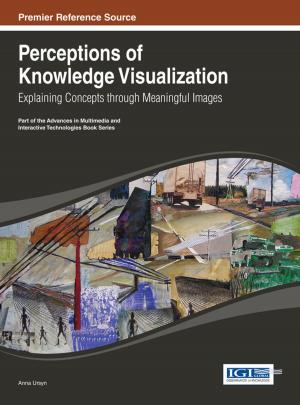Handbook of Research on Trends in Product Design and Development
Technological and Organizational Perspectives
Nonfiction, Art & Architecture, General Art, Graphic Art & Design, General Design, Computers, Networking & Communications| Author: | ISBN: | 9781466608542 | |
| Publisher: | IGI Global | Publication: | July 31, 2010 |
| Imprint: | Business Science Reference | Language: | English |
| Author: | |
| ISBN: | 9781466608542 |
| Publisher: | IGI Global |
| Publication: | July 31, 2010 |
| Imprint: | Business Science Reference |
| Language: | English |
Product design and development (PDD) is an area of increasing importance to industrial competitiveness. In a global market, the competitive advantage of companies lies not only in mastering existing processes and methodologies, but also on their ability to pursue different directions, providing increased value to their customers. The Handbook of Research on Trends in Product Design and Development: Technological and Organizational Perspectives provides a snapshot of the current issues, trends, challenges, and future perspectives of product design and development, which is an area of growing interest and increasingly recognized importance for industrial competitiveness and economic growth. Product design and development is affecting not only industry, but society in general, as new and innovative products shape our way of life. This handbook is unique in that it explores product design and development not only from a technological standpoint, but from a sociological perspective, as well. It includes contributions from 58 experts in 15 countries.
Product design and development (PDD) is an area of increasing importance to industrial competitiveness. In a global market, the competitive advantage of companies lies not only in mastering existing processes and methodologies, but also on their ability to pursue different directions, providing increased value to their customers. The Handbook of Research on Trends in Product Design and Development: Technological and Organizational Perspectives provides a snapshot of the current issues, trends, challenges, and future perspectives of product design and development, which is an area of growing interest and increasingly recognized importance for industrial competitiveness and economic growth. Product design and development is affecting not only industry, but society in general, as new and innovative products shape our way of life. This handbook is unique in that it explores product design and development not only from a technological standpoint, but from a sociological perspective, as well. It includes contributions from 58 experts in 15 countries.















